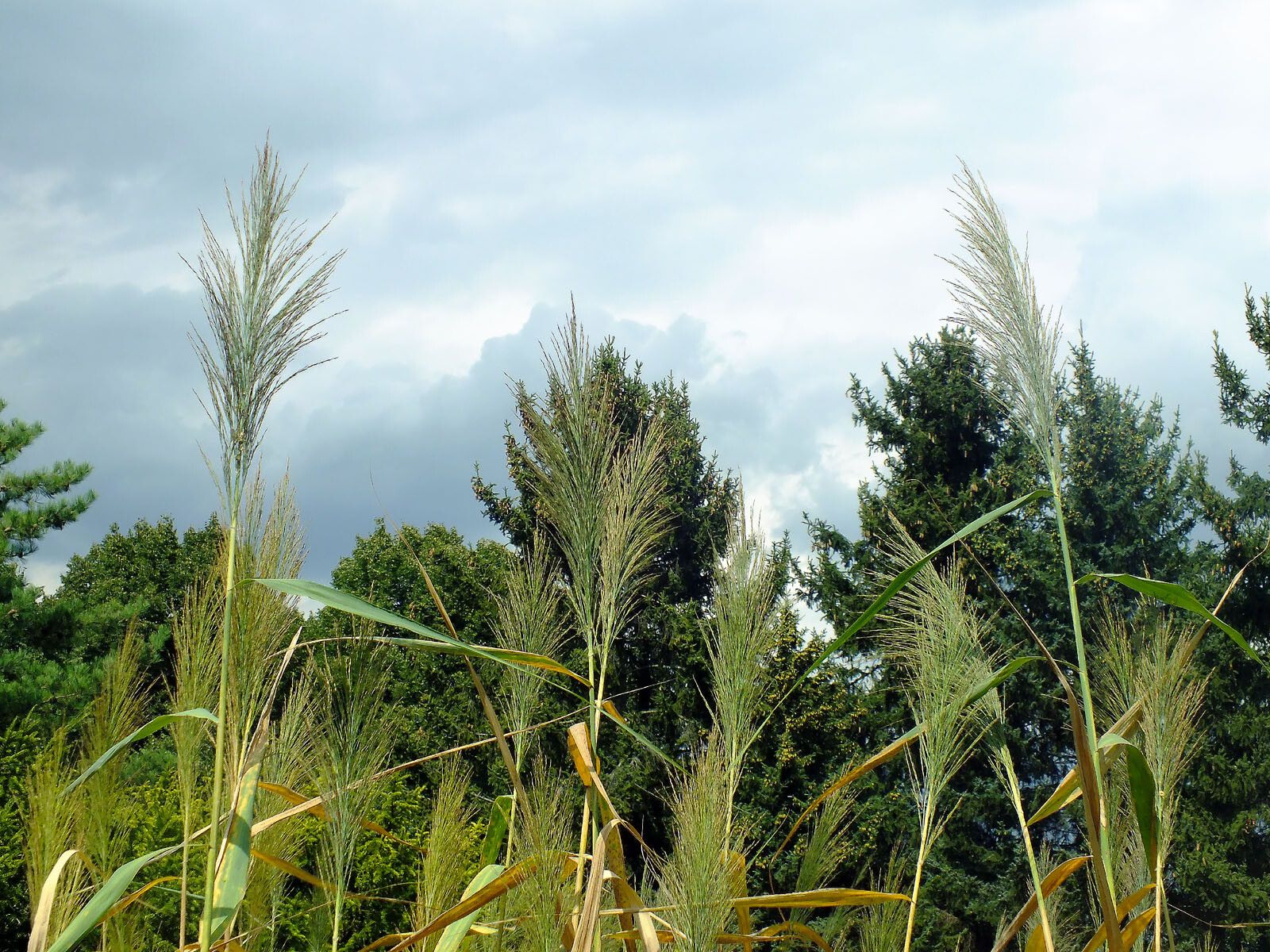ObservaçãoPhragmites australis (Cav.) Trin. ex Steud.observado por Andrzej KonstantynowiczAndrzej Konstantynowicz17 de agosto de 2024
Andrzej KonstantynowiczAndrzej Konstantynowicz17 de agosto de 2024
observado por Andrzej KonstantynowiczAndrzej Konstantynowicz
Andrzej KonstantynowiczAndrzej Konstantynowicz
17 de agosto de 2024
Determinação
Determinação proposta
Nome provável (Nome submetido)
100%Pontuação de confiança
Sugerir outra determinação
Não concorda com as espécies sugeridas mas não tem outra sugestão
Comentários
Dados adicionais
Criação de dados
19 de ago de 2024
Última revisão
19 de ago de 2024
Łódź, Botanical Garden
Native to Middle East and Europe, spread worldwide.
Edible plant - roots raw or cooked like potatoes, they contain up to 5% of sugar; young shoots raw or cooked; the partly unfolded leaves can be used as a potherb; a powder extracted from the dried stems can be moistened and roasted like marshmallow.
Herbal plant - leaves are used in the treatment of bronchitis and cholera, the ash of the leaves is applied to foul sores; a decoction of the flowers is used in the treatment of cholera and food poisoning, the ashes are styptic; the root is antiasthmatic, antiemetic, antipyretic, antitussive, depurative, diuretic, febrifuge, lithontripic, sedative, sialogogue and stomachic; externally, it is mixed with gypsum and used to treat halitosis and toothache.
Useful plant - the stems are useful in the production of homogeneous boards, can also be processed into a fine fibrous material suitable as a filler in upholstery, they are also used for thatching roofs; the leaves are used in basket making and for weaving mats; the plant has a very vigorous and running rootstock, it is useful for binding the soil along the sides of streams.
Compartilhado em
Grupos (16)



